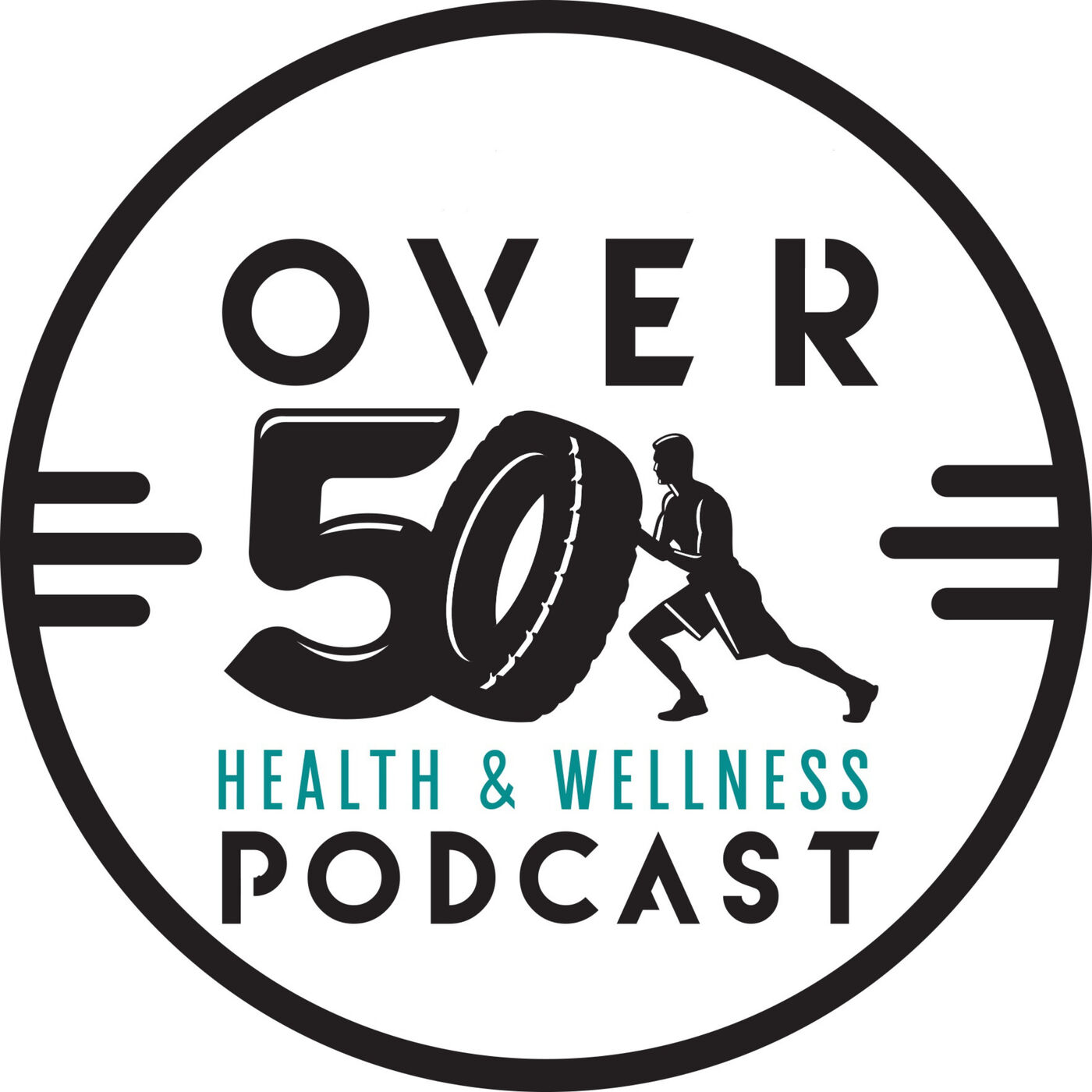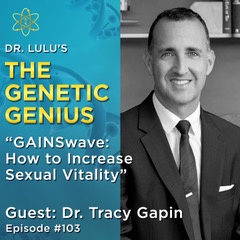In this episode of the podcast, host and former athlete shares a message to the ladies before delving into the topic of men’s health with Dr. Tracy Gapin. Dr. Gapin is a board-certified urologist and founder of the Gapin Institute, where he specializes in individualized cutting-edge health care.
Dr. Gapin shares his own men’s health journey and describes the state of men’s health today, which is not a pretty picture. He stresses the importance of taking ownership of our health, including our sexual health, and getting our hormone levels checked.
During the conversation, Dr. Gapin provides a wealth of information and tips on how to improve our lifestyles to optimize our hormones. He also discusses testosterone replacement therapy, warning signs of low testosterone, and who is a good candidate for this treatment.
In addition, Dr. Gapin touches on cutting-edge aging research, new peptide therapies, and the safety and efficacy of testosterone replacement. This insightful and informative conversation is a must-listen for anyone interested in improving their health and well-being.
In conclusion, taking care of our health, including our sexual health, is crucial for both men and women. Dr. Tracy Gapin is a leading authority on men’s health and performance, and his expertise is invaluable for anyone looking to optimize their hormones and improve their overall health and well-being. If you’re struggling with low testosterone levels or other health issues, consider seeking out the services of a qualified provider like Dr. Gapin to help you achieve optimal health and performance.










